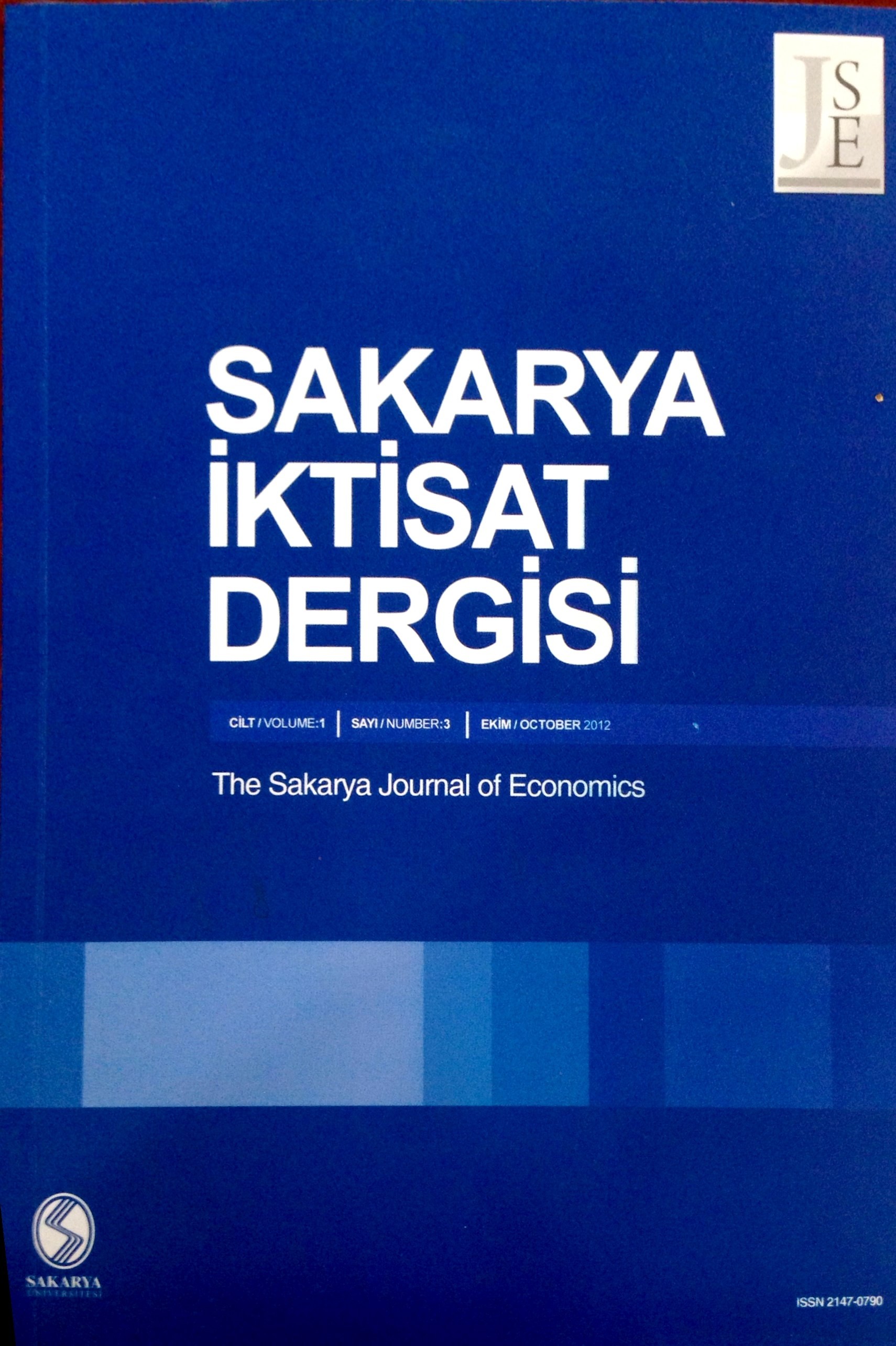AN INVESTIGATION ON TRAINING EFFECTIVENESS IN CAPACITY DEVELOPMENT OF CIVIL SERVANTS EMPLOYEES A CASE STUDY IN NORTH ZONE PROVINCES-OF AFGHANISTAN
Civil servant employees, Capacity Development, Knowledge, Effectiveness, Remuneration
AN INVESTIGATION ON TRAINING EFFECTIVENESS IN CAPACITY DEVELOPMENT OF CIVIL SERVANTS EMPLOYEES A CASE STUDY IN NORTH ZONE PROVINCES-OF AFGHANISTAN
___
- Using Training to Build Capacity for Development “An Evaluation of the World Bank’s Project-Based and WBI Training”IEG- Washington DC- 2008
- Ghosh A. (2005), Training manual by Department of Personnel and Training Government of India, in collaboration with the Thames University, UK and the Lal
- McKenna, Professor Emeritus, University of East London, Human Resource Management book(2002)
- Colquitt, J.A., LePine, J.A., Noe, R.A. (2000), "Toward an integrative theory of training motivation: a meta-analytic path analysis of 20 years of research", Journal of Applied Psychology, Vol. 85 No.5, pp.678-707.
- Decauza, D. and Robbins, P. (1996), Human Resource Practice, (5th) New York: John Willey & Sons Inc.
- Abdurrahman Hassi, Giovanna Storti, (2011) "Organizational training across cultures: variations in practices and attitudes", Journal of European Industrial Training, Vol. 35 Iss: 1, pp.45 – 70
- Aaron W. Hughey, Kenneth J. Mussnug, (1997) "Designing effective employee training programmes", Training for Quality, Vol. 5 Iss: 2, pp.52 – 57
- Ford, J.K., Weissbein, D.A. (1997), "Transfer of training: an updated review and analysis”, Performance Improvement Quarterly, Vol. 10 No.2, pp.22-41.
- Birdi, K., Allan, C., Warr, P. (1997), "Correlates of perceived outcomes of four types of employee development activity", Journal of Applied Psychology, Vol. 82 No.6, pp.845-57.
- Facteau, J.D., Dobbins, G.H., Russell, J.E.A., Ladd, R.T., Kudisch, J.D. (1995), "The influence of general perceptions of the training environment on pre-training motivation and perceived training transfer", Journal of Management, Vol. 21 No.1, pp.1-
- Burke, L.A., Baldwin, T.T. (1999), "Workforce training transfer: a study of the effect of relapse prevention training and transfer", Human Resource Management, Vol. 38 No.3, pp.227-42.
- Arthur, W., Bennett, W., Edens, P.S., Bell, S.T. (2003), "Effectiveness of training in organizations: a meta-analysis of design and evaluation features", Journal of Applied Psychology, Vol. 88 No.2, pp.234-45.
- Cromwell, S.E., Kolb, J.A. (2004), "An examination of work-environment support factors affecting transfer of supervisory skills training to the workplace", Human Resource Development Quarterly, Vol. 15 No.4, pp.449-71.
- Burke, L.A., Hutchins, H.M. (2008), "A study of best practices in training transfer and proposed model of transfer", Human Resource Development Quarterly, Vol. 19 No.2, pp.107-28.
- Milton Mayfield, (2011) "Creating training and development programs: using the ADDIE method", Development and Learning in Organizations, Vol. 25 Iss: 3, pp.19
- Alfred Pelham, (2009) "The impact of industry and training influences on Salesforce consulting time and consulting effectiveness", Journal of Business & Industrial Marketing, Vol. 24 Iss: 8, pp.575 – 584
- David Devin’s, Steve Johnson, John Sutherland, (2004) "Employer characteristics and employee training outcomes in UK SMEs: a multivariate analysis", Journal of Small Business and Enterprise Development, Vol. 11 Iss: 4, pp.449 – 457
- Deborah J. Rumsey Journal of Statistics Education, V10N3: Rumsey-Ohio state University- USA
- Baldwin, T.T., Ford, J.K. (1988), "Transfer of training: a review and directions for future research", Personnel Psychology, Vol. 41 No.1, pp.63-10
- ISSN: 2147-0790
- Yayın Aralığı: Yılda 4 Sayı
- Başlangıç: 2012
- Yayıncı: Sakarya Üniversitesi
YATIRIMLARDA VERGİSEL TEŞVİKLER: GÜNEYDOĞU ANADOLU BÖLGESİ DEĞERLENDİRMESİ ŞIRNAK İLİ ÖRNEĞİ
Ayfer ÖZYILMAZ, Yüksel BAYRAKTAR, Metin TOPRAK
EKONOMİK BÜYÜME, KENTLEŞME VE FİNANSAL GELİŞMENİN ENERJİ TÜKETİMİNE ETKİSİ: 1969-2015 TÜRKİYE ÖRNEĞİ
Niyazi GÜMÜŞ, Nurullah ALTINTAŞ
AVRUPA VE TÜRKİYE’DE FUTBOL EKONOMİSİ: KARŞILAŞTIRMALI BİR İNCELEME
Cem SAATÇİOĞLU, Uygar Delal ÇAKMAK
Noorulhaq GHAFOORİ, Abdul Khalil MARAT, Mustafa REZAİE
TÜRKİYE’DE DIŞ BORÇLARIN SÜRDÜRÜLEBİLİRLİĞİ: YAPISAL KIRILMALI BİR ANALİZ
